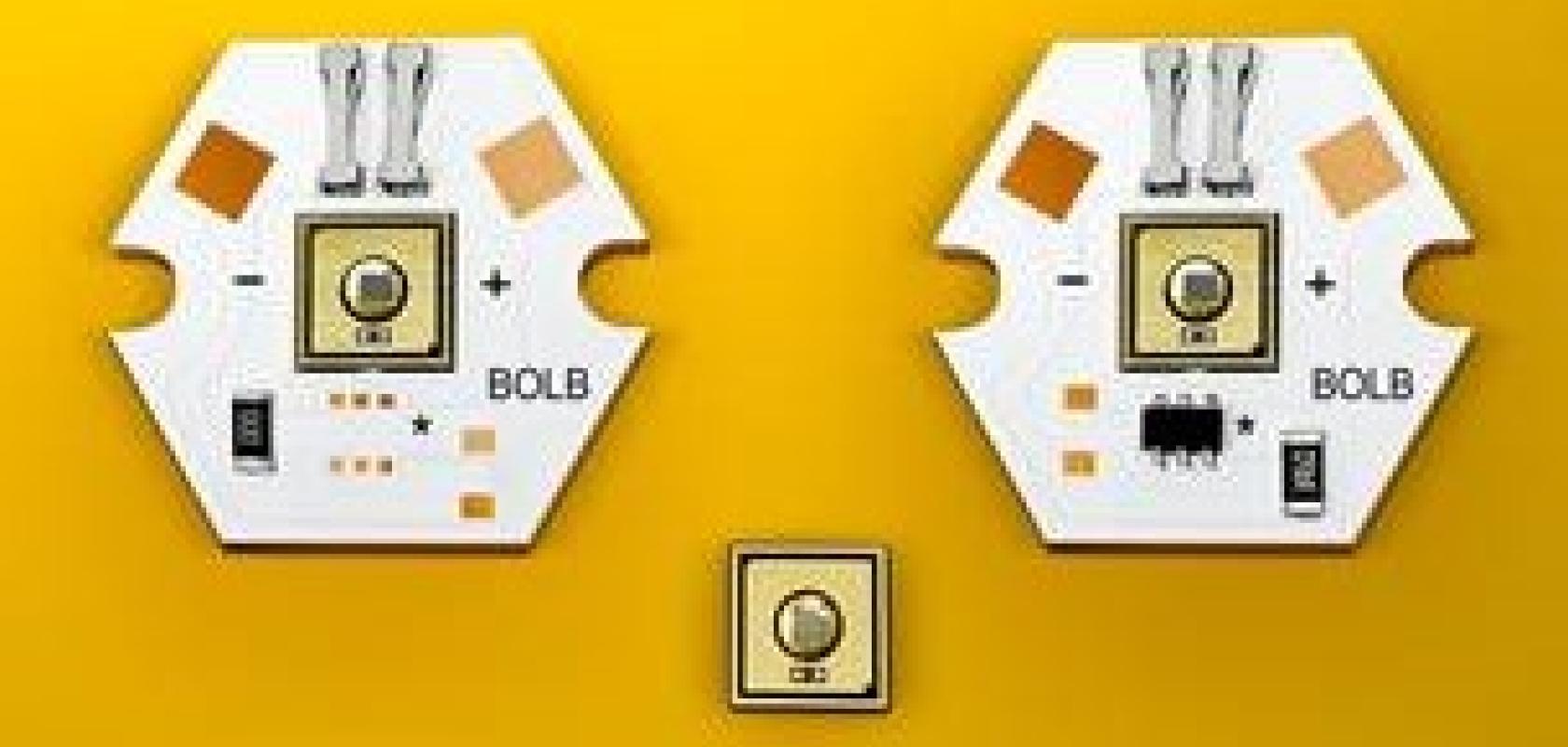UVC LEDs from the US manufacturer Bolb have achieved a 99.95 per cent kill rate for airborne viruses and bacteria in a research project conducted by the Guangzhou Institute of Microbiology.
The tests were conducted, among other viruses and bacteria, on aerosolised multidrug-resistant Staphylococcus aureus (MRSA). In a closed air-disinfection reference design, the researchers used a Bolb UVC LED light module with an electrical input power of 40W and a UVC output power of 2.5W. At a flow rate of up to 3,000 litres per minute, this air disinfection device achieved an inactivation rate of 99.95 per cent.
‘The tests demonstrate the scalability of the technology for air disinfection,’ said Dr Olga Stroh-Vasenev of Laser Components, Bolb’s distributor in Europe and North America. ‘We can envision disinfection solutions on many scales. This ranges from vehicle interiors to restaurants to retail stores. Of course, this especially applies to healthcare applications.’
Independent laboratories had previously demonstrated its high efficacy in surface and water disinfection applications. For the human coronavirus HCoV-229E, a single-stranded RNA virus recognised as a SARS-CoV-2 surrogate, and MRSA, inactivation of up to 5-log (99.999 per cent) was demonstrated after only a short time.
These tests have been performed – among other institutes – by the Analytical Lab Group in the US state of Minnesota, the University of California at Berkeley, and the Guangzhou Institute of Microbiology in China.
Bolb uses a proprietary epitaxy platform in the manufacture of its solid-state emitters. The UVC LED chips produced in this way boast high efficiency, compactness, ease of scalability, design flexibility, and immediate responsiveness.


